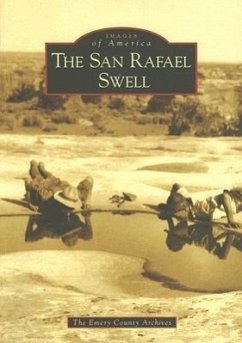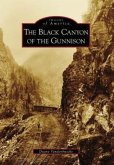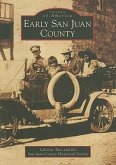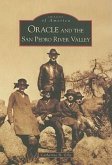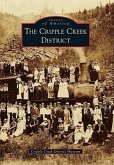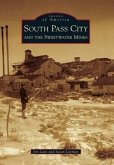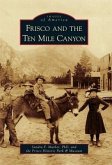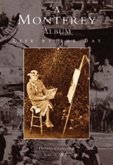The San Rafael Swell is an anticline, or a geological uplift, that originally looked like an oval bowl turned upside down. Over time it has been carved into castle-like formations and deep canyons by erosive conditions. This landscape seemed so formidable to early cartographers that it was the last area in the continental United States to be mapped. The San Rafael Swell itself has no permanent human inhabitants, but small towns are scattered along its northern and eastern borders where first American Indians and later cowboys, ranchers, and miners made their homes. The hardy settlers of these towns familiarized themselves with what they called "the Desert" and gradually discovered its treasures and its secrets.
Hinweis: Dieser Artikel kann nur an eine deutsche Lieferadresse ausgeliefert werden.
Hinweis: Dieser Artikel kann nur an eine deutsche Lieferadresse ausgeliefert werden.

